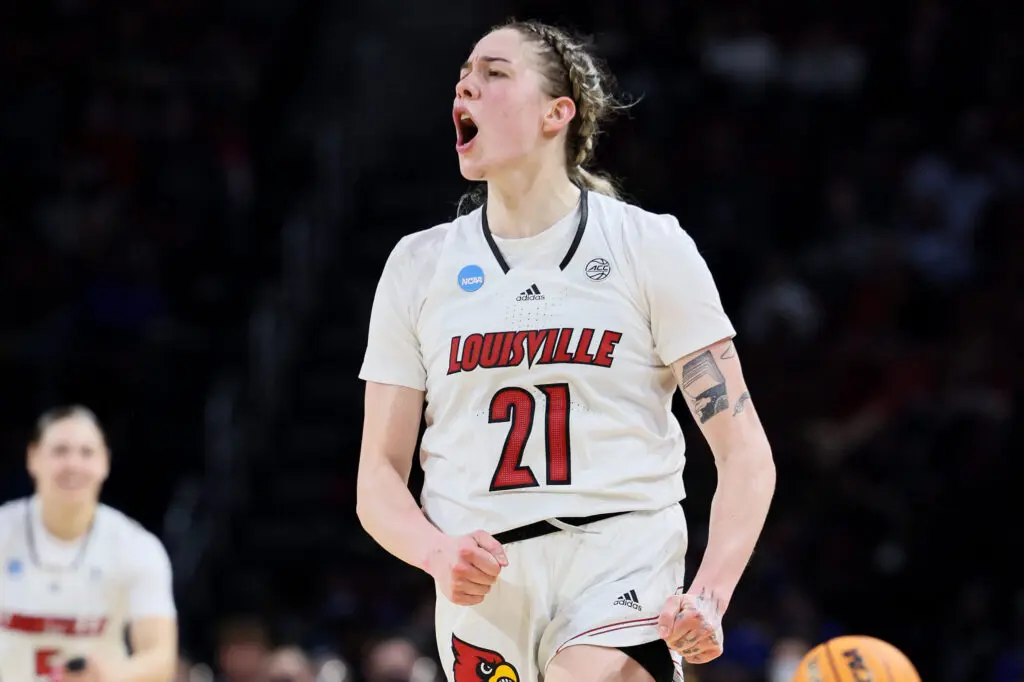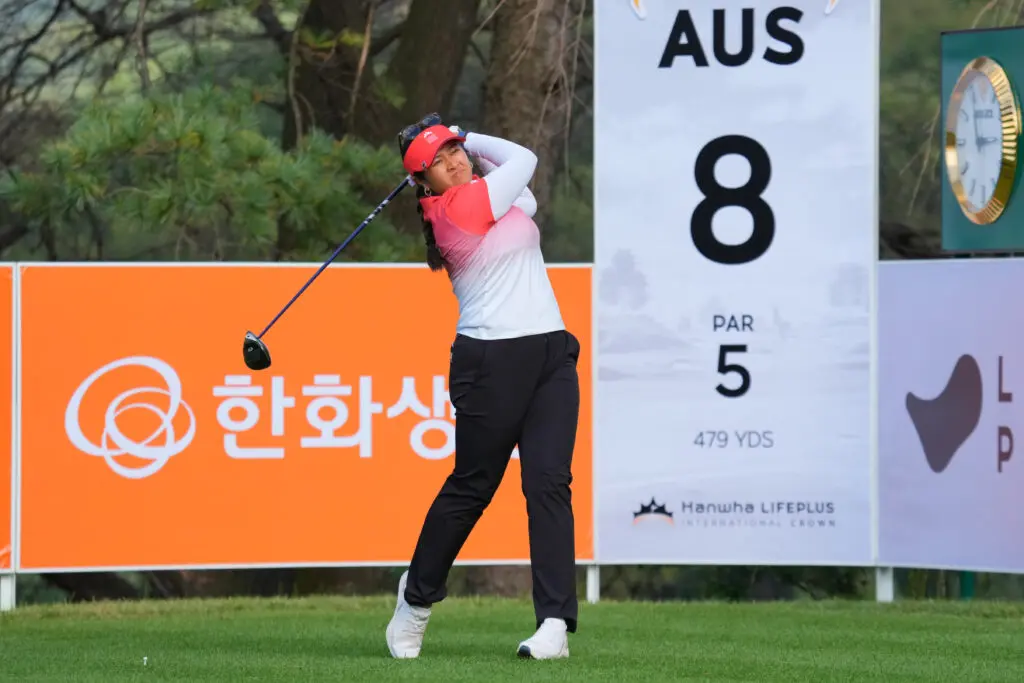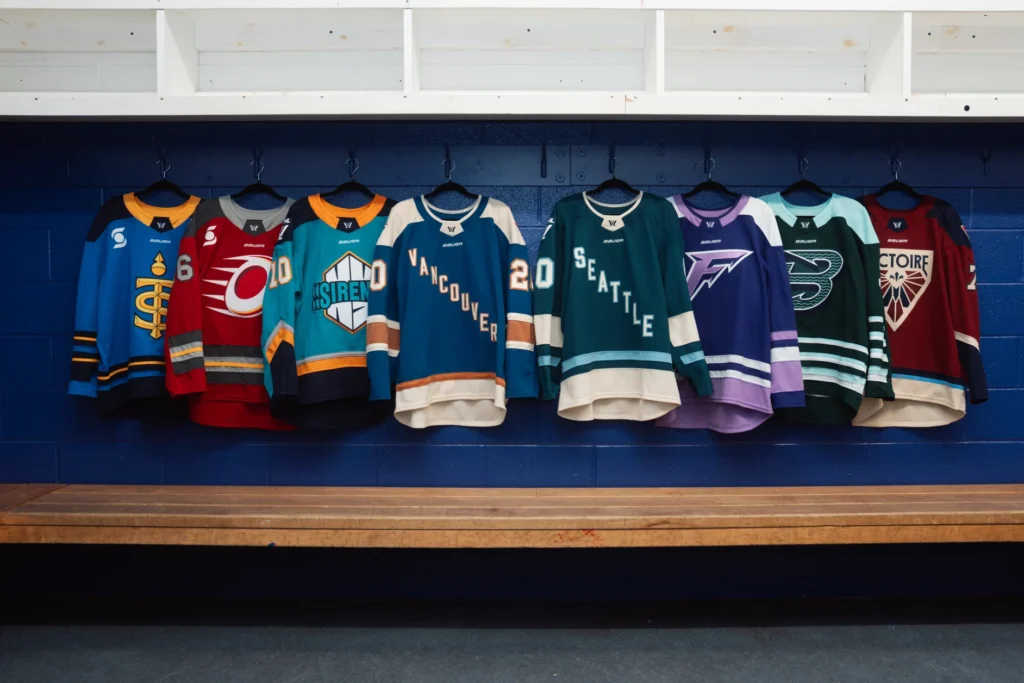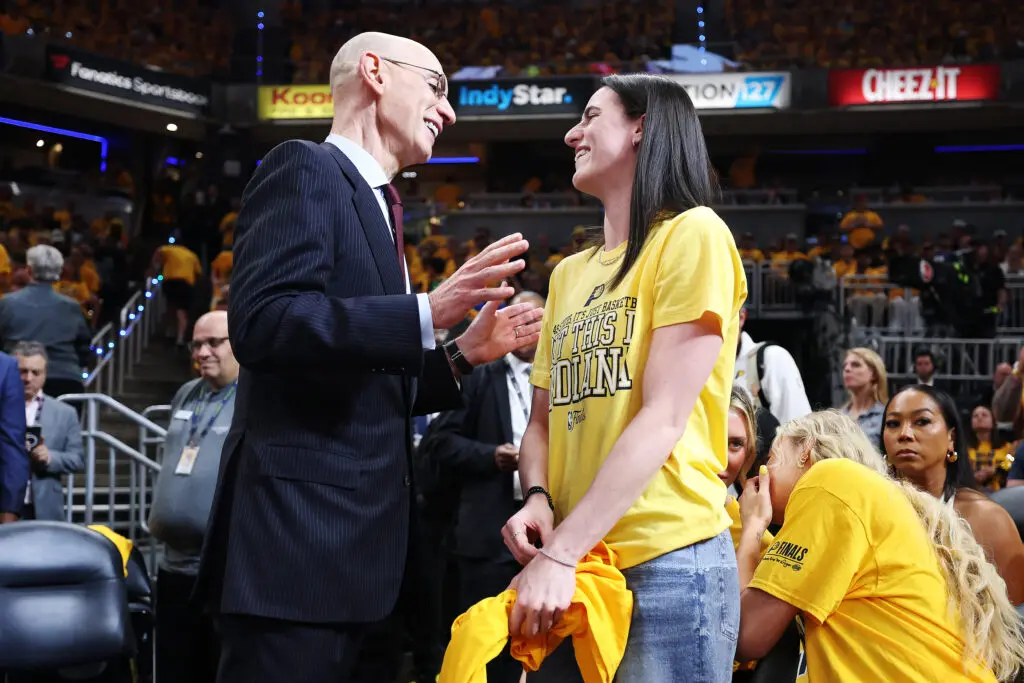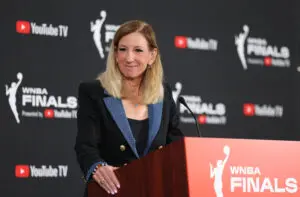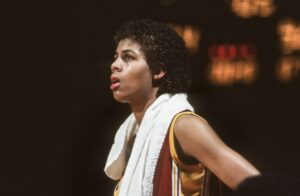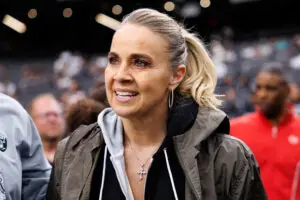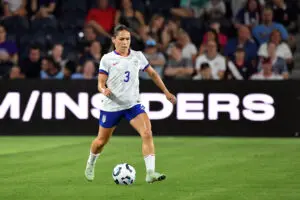And then there were four.
South Carolina, Louisville, Stanford and UConn are each just two wins away from becoming national champions. Getting here wasn’t easy, and finishing the job will be even more challenging.
Each team has had its own highs and lows this season. As we prepare for the three biggest games of the year, let’s reflect on those moments and explore what each squad has to do to come out on top in the Final Four.
South Carolina
Biggest (pre-NCAA Tournament) win: 65-61 over No. 2 Stanford on Dec. 21
South Carolina played a tough schedule this season featuring 11 ranked opponents, but this win cemented the Gamecocks as an NCAA Tournament favorite. South Carolina had already topped No. 2 UConn, so to follow it up a month later with a win over the defending champion proved the hype around the team was real.
What’s more, the Gamecocks did it without playing particularly well, and managing to win when everything is going wrong is the mark of a great team. The Gamecocks shot just 36 percent from the field and 25 percent from the 3-point line. While one of South Carolina’s big three, Zia Cooke, finished with just four points, Aliyah Boston had 18 points and 11 rebounds, and Henderson finished with 17 points. Meanwhile, Victaria Saxton added seven points and 10 boards, making the type of quiet impact she carried into the rest of the season.
Biggest challenge: Staying consistent
The Gamecocks managed to stay ranked first in the AP Poll for the entire season. Despite two losses, the first to Missouri in the regular season and the second to Kentucky in the SEC tournament championship, the voters felt comfortable keeping South Carolina atop the poll because of the team’s overall body of work. It doesn’t hurt that the Gamecocks beat just about every team that could have competed for the No. 1 spot.
Their ranked wins came against No. 5 NC State, No. 9 Oregon, No. 2 UConn, No. 8 Maryland, No. 15 Duke, No. 2 Stanford, No. 13 LSU, No. 21 Kentucky, No. 24 Ole Miss, No. 17 Georgia and No. 12 Tennessee. And when it came to those two upsets, the Gamecocks regrouped and responded with double-digit wins each time.
Key to victory: Show up on both ends of the floor
The only weakness South Carolina has shown this season has been the occasional game in which the offense doesn’t perform. In their early-season win over Stanford, the Gamecocks showed their ability to persevere in difficult circumstances, but it’s also the kind of thing that’s much easier to get away with in the regular season than in the postseason. The Gamecocks struggled offensively against Miami in the second round, as well. It was nothing to worry about then, as the Gamecocks were able to overwhelm the Hurricanes with their defense and overall talent. But against the remaining three teams, including Final Four opponent Louisville, the talent level is too high to get away with playing on just one end of the floor.
Louisville
Biggest (pre-NCAA Tournament) win: Over No. 18 Notre Dame 73-47 on Feb. 13
This win is even more impressive considering the NCAA Tournament run the Fighting Irish put together. As a standalone contest, it was also the most complete game Louisville put together this season.
On defense, the Cardinals held Notre Dame to 32 percent shooting from the field and 9 percent from the 3-point line, while also forcing 16 turnovers. They also had nine players score on offense. Kianna Smith led the team with 17 points, Hailey Van Lith had 16 and Chelsie Hall added 13. Emily Engstler also had a near double-double with 12 rebounds, nine points and five assists. Louisville had been consistently good all season long, but this game showed they had national title-winning potential.
Biggest challenge: Inexperience
At the start of the season, Van Lith and Olivia Cochran had to adjust to larger roles as sophomores, and Engstler had to adjust to Louisville after transferring from Syracuse. Their inexperience showed down the stretch of their season-opening loss to Arizona. That game seemed far, far away as the Cardinals entered the postseason as one of the most consistent teams in the country. That trend continued in the tournament and earned them a spot in the Final Four.
Key to victory: Defense
When Louisville is at its best, the team is flying around, forcing turnovers and creating havoc. It’s what the Cardinals did to Michigan in the Elite Eight, forcing 22 turnovers, which became 24 points on the other end. They also feed off defensive energy, so when Engstler gets a deflection or Van Lith dives for a loose ball, the entire team suddenly taps into another gear. It’s infectious and dangerous for opponents. If the Cardinals can take advantage of South Carolina’s miscues, often enough to keep the Gamecocks out of sync, they have as good a chance as anyone to advance to – and even win – the national championship.

Stanford
Biggest (pre-NCAA Tournament) win: Over No. 7 Tennessee on Dec. 18
When the Cardinal went on the road and topped the Vols, Tennessee was one of the hottest teams in the country. The Vols were 9-0 going into the game, and won nine more after the defeat. The Cardinal had been inconsistent leading up to the game, suffering upset losses to Texas and South Florida.
Stanford led by 17 points at the half before Tennessee cut the advantage to three points. The Cardinal were able to regain control, something that hadn’t happened in their previous two losses. They also started to look more like the defending national championship team we expected heading into the season.
Biggest challenge: Replacing Kiana Williams
Most basketball experts didn’t see this coming, but the departure of Kiana Williams proved to be a major obstacle for Stanford early in the season. The Cardinal struggled to take care of the ball — they recorded multiple 20-turnover games in the first few weeks — before finally finding a guard combination that worked. Lacie Hull has become a steadying force with the ball in her hands, splitting time with Anna Wilson at point. Together, the two run Stanford’s offense efficiently and effectively. The Cardinal are on a 24-game win streak, with their last loss coming on Dec. 21 against South Carolina.
Key to victory: Cameron Brink stays on the floor
Brink is one of the most impactful players in college basketball. She brings energy, a terrifying presence for opponents in the paint and high-level offensive skills. When the Cardinal played Texas for a spot in the Final Four, her importance to Stanford was obvious. With her on the bench for much of the first half, Texas was able to stay with Stanford, trailing by just three points at halftime. And in the third quarter, the Longhorns could have gained the lead and pulled away if it hadn’t been for Brink, who scored 10 of the Cardinal’s 13 points in the quarter. The only non-Brink points came with one second left when Haley Jones was fouled on a 3-pointer. The Cardinal went into the fourth quarter up by five, but without the sophomore, they would have trailed by seven.
Against UConn in the Final Four, and then potentially South Carolina or Louisville in the championship game, Stanford can’t afford to have Brink on the bench. She will need to stay out of foul trouble to give her team its best shot at the repeat.
UConn
Biggest (pre-NCAA Tournament) win: 70-40 over Villanova on March 7
It’s crazy to think that this season has been considered a challenge for UConn. A five-loss campaign is a great season for most teams, but UConn is held to a higher standard — for obvious reasons. That’s why, in part, the Feb. 9 loss to Villanova at home was such a big deal. The Huskies hadn’t lost a conference game since 2013. In a season where UConn hadn’t looked like the team we are used to, the loss had people asking: “Should we be worried about the Huskies?” And when the Huskies picked up a 70-40 revenge win over Villanova for the Big East tournament title a month later, they proved that no matter what had happened throughout the year, they were still a contender.
Biggest challenge: Injuries
It seems like every player on UConn’s roster has been injured at one point this season, causing disjointed play throughout the year. UConn even looked out of sync in its second-round win over UCF. The Huskies looked like a team that hadn’t spent much time on the court together because, well, they hadn’t.
The biggest hurdle for UConn to overcome was the knee injury Paige Bueckers sustained against Notre Dame on Dec. 5. She missed 19 games before returning for postseason play, and it took a long time for the Huskies to adjust. After scoring 27 points in her team’s overtime win over NC State in the Elite Eight, the sophomore star also looks like her old self once again and the team is peaking at the right time.
Key to victory: Aaliyah Edwards and Olivia Nelson-Ododa
It’s easy for players like Bueckers and Azzi Fudd to steal the spotlight, but Edwards and Nelson-Ododa need to continue to perform at a high level if the Huskies want to add another national title to their long list. When they control the paint, it’s challenging for opponents to establish anything inside, both offensively and defensively. Against NC State they combined for 16 points, 13 rebounds and six assists, all while policing the paint and challenging the NC State guards who attempted to drive.
The Huskies take on Stanford in the semifinals, and to slow down Brink and the Cardinal attack as a whole, Edwards and Nelson-Ododa will have to be locked in.
Eden Laase is a contributing writer at Just Women’s Sports. She previously ran her own high school sports website in Michigan after covering college hockey and interning at Sports Illustrated. Follow her on Twitter @eden_laase.
